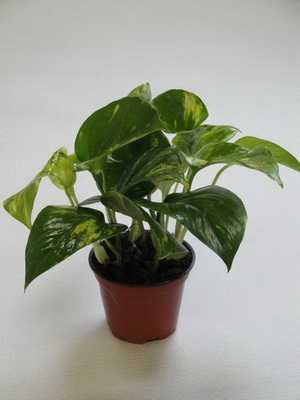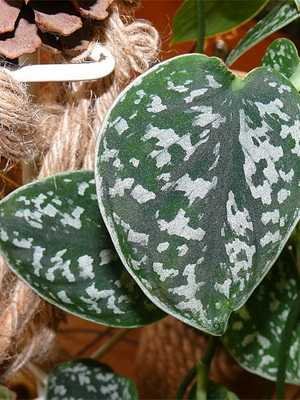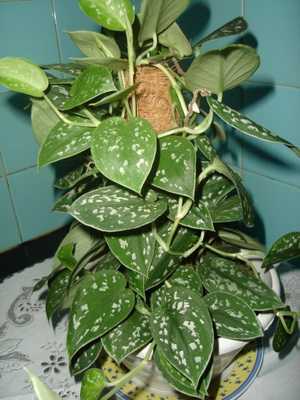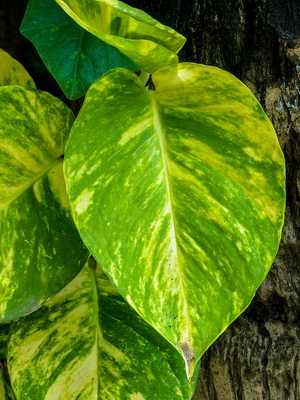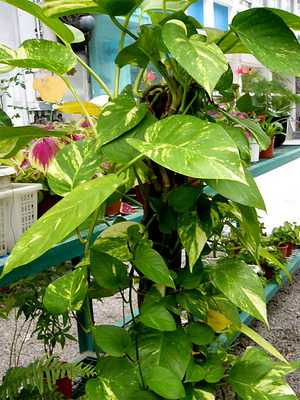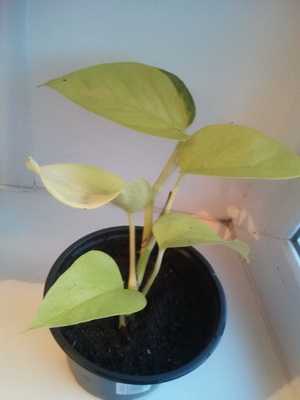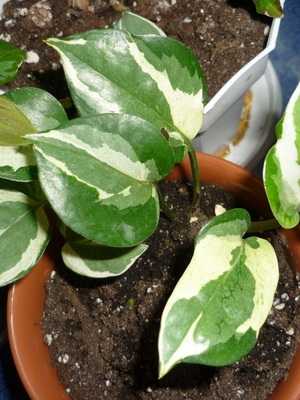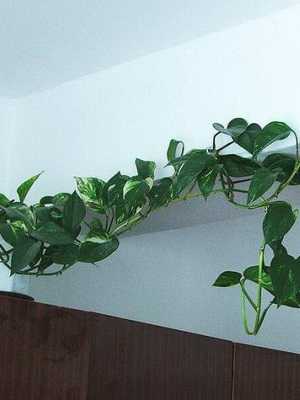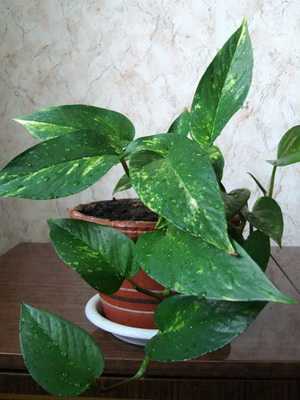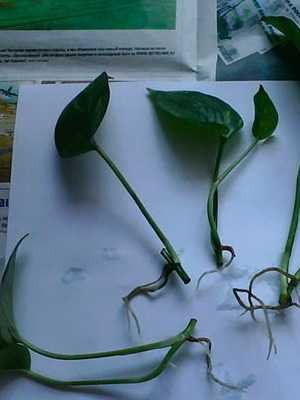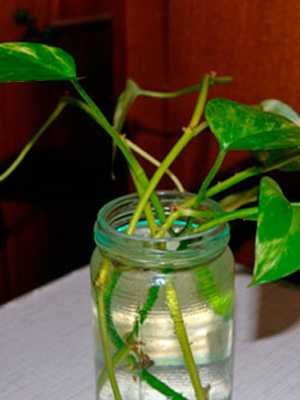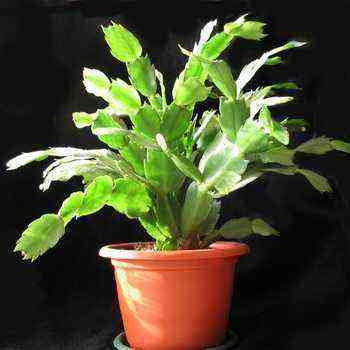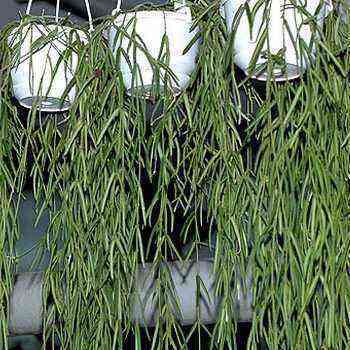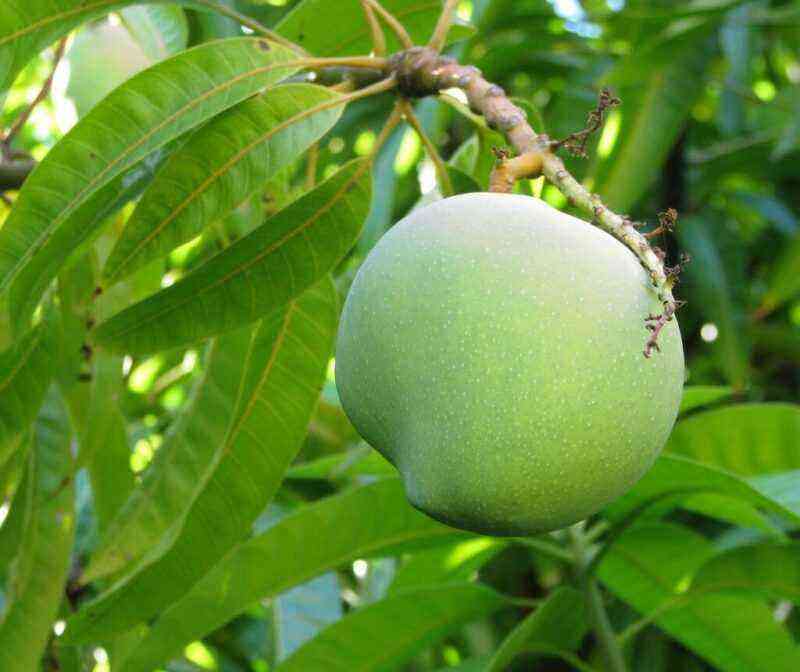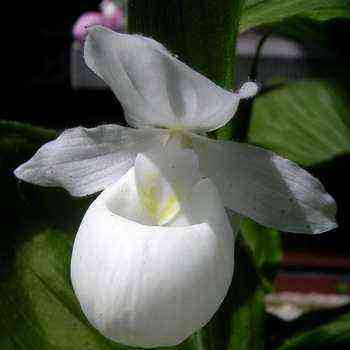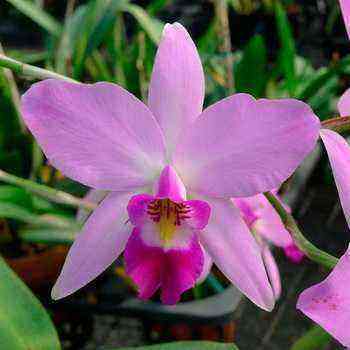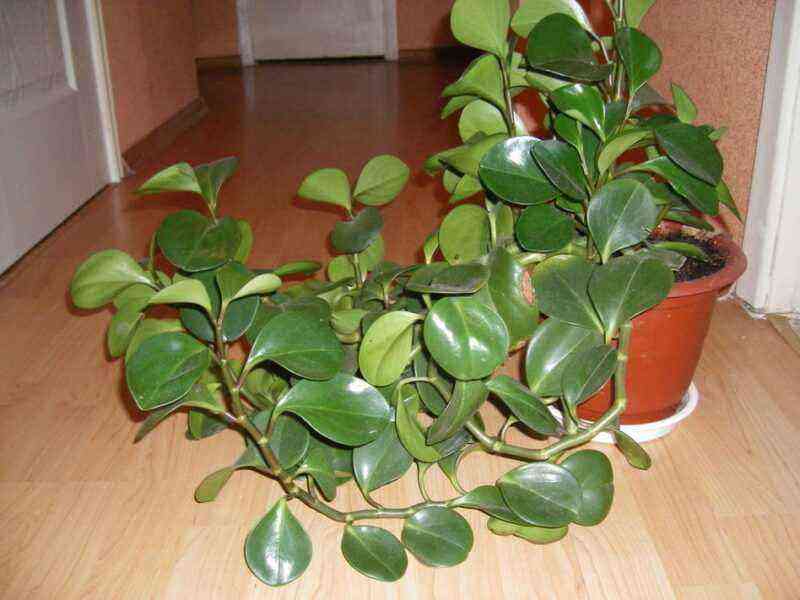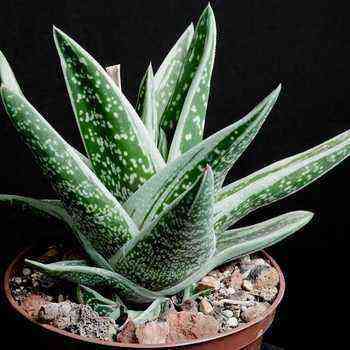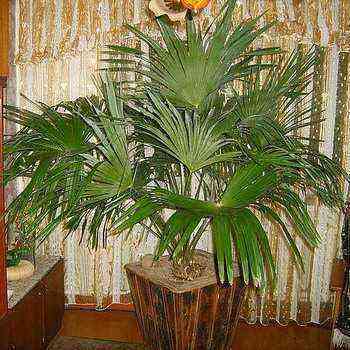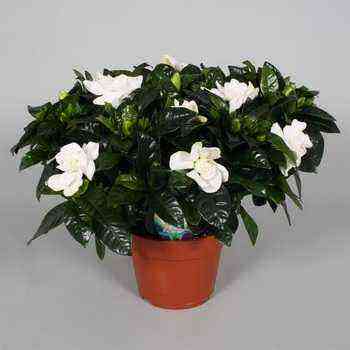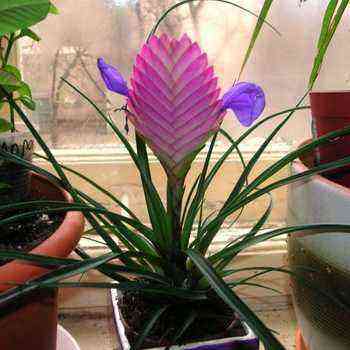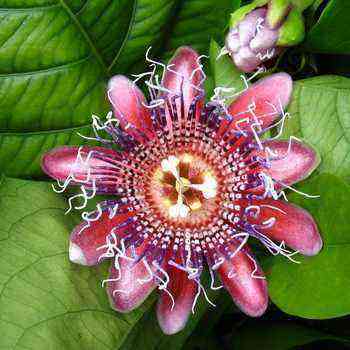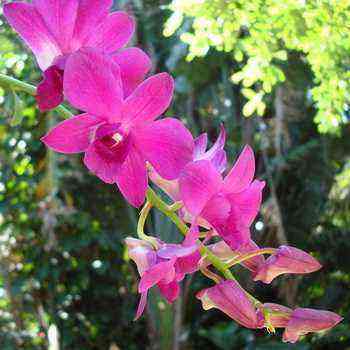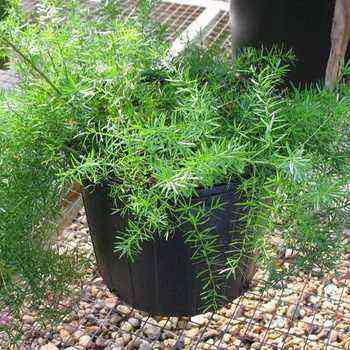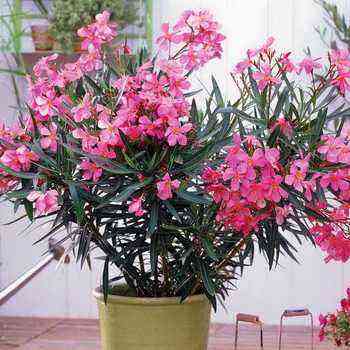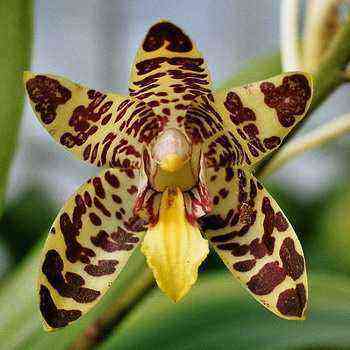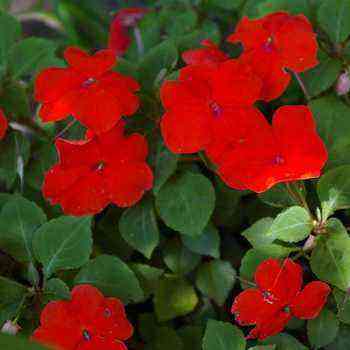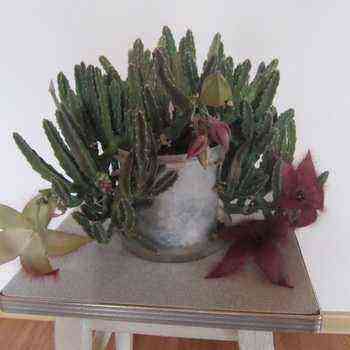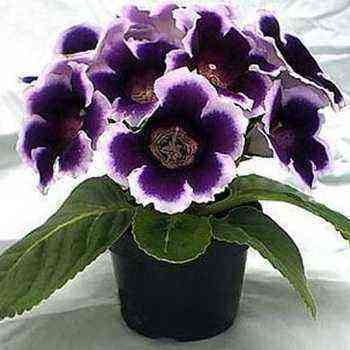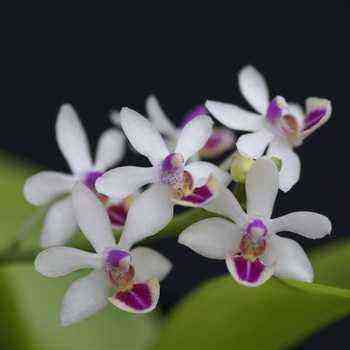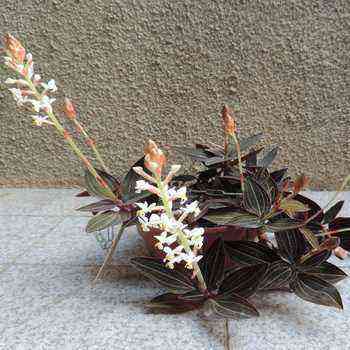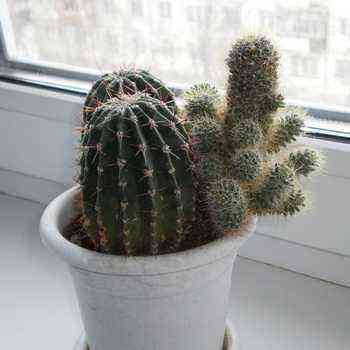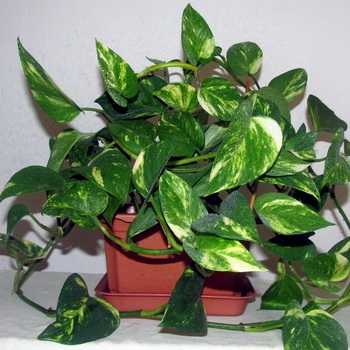
Epipremnum (Scindapsus) belongs to the Aroid family. Homeland – tropical Asia. Naturally grows in the Solomon Islands and in the tropical forests of Southeast Asia.
There are about 20 species, of which the golden scindapsus is most suitable for indoor floriculture.
Scindapsus, epipremnum, potos, “golden lotus”, “devil’s ivy”, “muzhegon” … The number of names corresponds to how often this plant is found in apartments. In fact, we are talking about two types. The most common scindapsus (potos) golden or epipremnum golden has golden streaks on the leaves. Painted scindapsus is less common, its leaves are denser, dark green with silvery spots and splashes. Both plants are climbing vines with aerial roots.
The name of the genus Epipremnum in translation from Greek means “on the trunks”. Probably, this genus was recently isolated from the genus Scindapsus, hence the confusion …
In nature, these plants climb tree trunks. In your home, they can climb a support wrapped in sphagnum, palm fiber or foam; can also climb on a strong, thick thread or lean on studs (with your help). But they feel best when they have the opportunity to launch aerial roots into the support.
The flower can grow for a long time in a vase of water, decorating the walls with its shoots. When describing scindapsus, it is worth noting that its energy clears the space of stagnant negative energies, facilitates personal loneliness (after the departure of a loved one), helps to increase intellectual potential and strengthen logical thinking. Also, the energy of the scindapsus helps to find a way out of the endless race for material benefits, to get rid of the burden of everyday worries, to find your “niche” in life and find well-being.
Its energy is not very great, but it allows, when growing a plant in a room, to establish metabolism and accelerate recovery from diseases.
This is a beautiful perennial decorative-leaved vine with climbing stems.
As shown in the photo, the indoor flower scindapsus has leaves up to 15 cm long, heart-shaped, bright green, sometimes with a golden-yellow pattern:
There are varieties with different leaf colors.
It does not bloom in indoor conditions.
Further you can familiarize yourself with the names of types of scindapsus, popular in indoor floriculture.
Types of indoor plants scindapsus: photos and names of flowers
The most popular are:
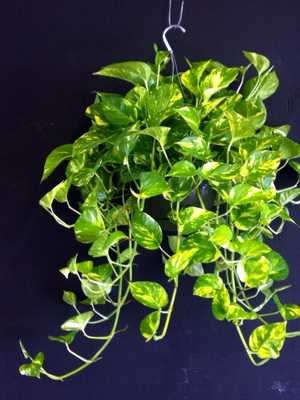
scindapsus golden (S. aureus) – golden spots on the leaves
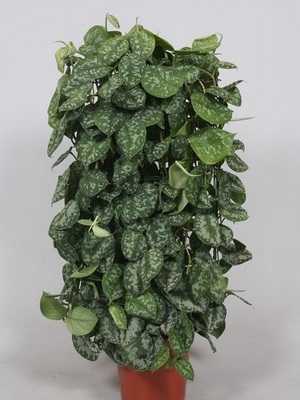
painted scindapsus (S. pictus) – matte leaves with a silvery spot.
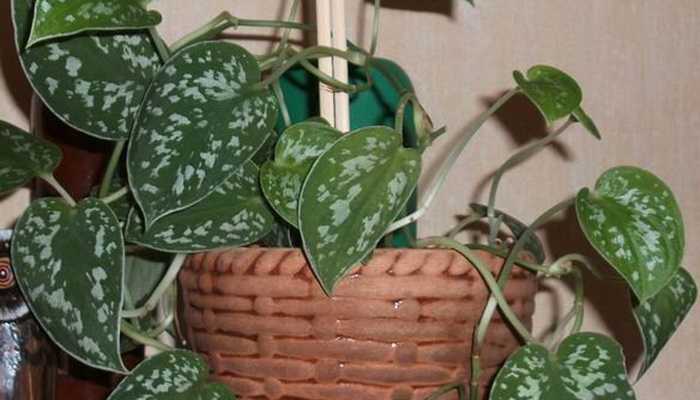
Scindapsus painted (Scindapsus pictus hassk). Satin pothos is velvet pothos, silk pothos is silk pothos.
Tall, evergreen climbing vines up to 3 m long and more.
Pay attention to the photo – the scindapsus of this species has oval leaves, 10-15 cm long and 5-8 cm wide in the lower part, rounded at the base, leathery, without holes, dark green above, with bluish or bluish-white dots:
Found in tropical rainforests in the Malay Archipelago, Indonesia.
Scindapsus golden (Scindapsus aureus Engl.).
The Aroid family. Homeland – tropical regions of Asia. Liana with flexible, climbing shoots up to 10 m long.
As you can see in the photo, the golden scindapsus has alternate leaves with short petioles, somewhat unequal, leathery, oval-oblong, pointed, with yellowish or white spots clearly visible on the green background of the leaf blade:
New hybrid forms are more colorful, but many of them are very demanding on conditions and are best grown in a greenhouse. Very enliven the composition of the form with white strokes and stripes.
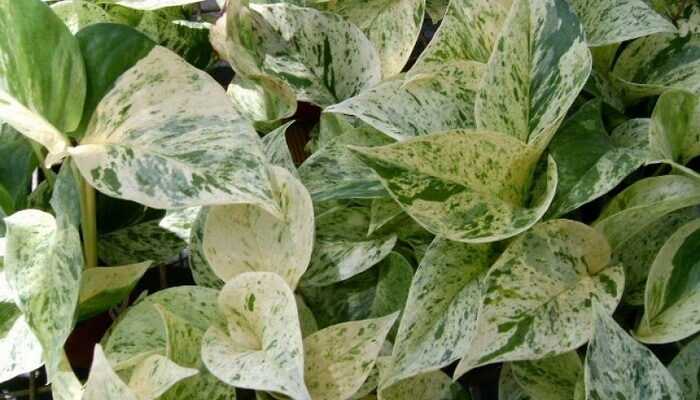
Especially effective Marble queen, whose leaves are almost white.

Shape with yellow leaves Golden queen has a somewhat painful appearance, but it can fit into a bright colorful composition and successfully complement a vine with dark green leaves.

Of the variegated forms, the most famous Tricolor… Its leaves are green and yellow in varying intensities with creamy touches.
Look at the photo of the types of scindapsus, the names of which are given above:
Care for golden scindapsus at home (with photo)
Scindapsus grows best in a bright room with humid air at a temperature of 19-20 ° C. The spots become bright when the plant is in a light position, but it should be borne in mind that it is shade-tolerant.
Scindapsus golden is picky about care. Suffering from drafts. Spraying and liquid fertilizing are necessary. Propagated by segments of stems with 2-3 leaves. The best rooting period is the beginning of plant growth, which coincides with spring. Cuttings are rooted in fine expanded clay or in a mixture of expanded clay with ion exchanger, sand, peat in a nutrient solution. Pruning is necessary for the formation of climbing branched shoots. In soil, it grows in a mixture of leafy, clayey sod land, peat and sand (1: 1: 1: 1). It works well in hydroponic and ion exchange crops. Rooted cuttings are transplanted 2-3 pieces in small containers or double pots, where they can grow without transplanting.
Scindapsus is beautiful against the background of plain walls, near the window on a bracket in hanging vases, like an ampelous plant. It can be combined with variegated plants of another shape, for example, a sansevier with erect xiphoid striped leaves is planted in one container, and the edges of the dishes are decorated with cascading shoots of scindapsus. It is desirable that when planting different species, their environmental requirements are the same and they would be biologically compatible.
When caring for golden scindaps at home in the summer, you can feed the plants (once a month), but at the same time take half of the concentration indicated on the package; they do not like excess fertilizer. Due to the lack of light, plants can lose their variegated color, but even green they are good. As a rule, in apartments we find a green scindapsus creeping along the wall, without the slightest hint of variegation. But with good backlighting, there is every chance of maintaining the color. In order for the plant to bush, pinch the top. For density, you can also plant several plants in a pot. Scindapsus propagates by stem cuttings, which easily give roots in water. It is not too cold-resistant, so if it gets cold in your hallway in winter, get ivy.
Grows well under artificial light.
Growing and reproduction of scindapsus by cuttings (with video)
Location.Scindapsus is a shade-tolerant plant that grows well on northern windows.
Scindapsus should be installed in a bright room. It can grow in the shade, but in this case the leaves turn pale green and the yellow spots disappear, which makes the plant less decorative.
Scindapsus can be placed on shelves, shelves or in wall-mounted pots. Shoots need support: a wooden trellis, wire or thin fishing line.
Temperature.During the period of active growth, the temperature in the room should be 25 ° C, in winter – at least 12-15 ° C.
The soil.The substrate is prepared from leafy soil, humus, peat and sand (1: 1: 1: 1).
Watering.When caring for a scindapsus, water the flower sparingly throughout the year. Watering is carried out with settled water at room temperature. The plant tolerates excess moisture worse than dryness. The substrate should dry out slightly between waterings. In winter, watering is moderate. If the room is warm and dry, the plant is sprayed.
Fertilizer.The plant is fed with a complete mineral fertilizer. In the summer, during the period of active growth, it is necessary to apply mineral fertilizers to the soil twice a month.
To care for the scindapsus as advised by experienced flower growers, a young plant should be transplanted every year, an adult once every two to three years. For planting, it is best to use a mixture of four parts leafy soil, two parts peat and one part sand.
Reproduction of scindapsus is carried out by apical cuttings and shoot segments. In spring and summer, from March to August, rooting takes place within 2–3 weeks. In order to enhance the decorative effect, cuttings are planted in 3 copies in a pot.
Before propagating scindapsus, stem cuttings 3-5 cm long with one or two leaves must be separated from the adult plant and placed in a container with water for root formation. After a while, they need to be planted in the soil.
Cuttings take root very quickly due to adventitious roots, but at first young plants develop slowly. In the first few months, the scindapsus should be sprayed with water at room temperature.
The main pests: aphids and whiteflies. With poor scindapsus care at home, lack of lighting and nutrients, the plant can get sick with powdery mildew. Scindapsus does not tolerate drafts and sudden temperature changes.
